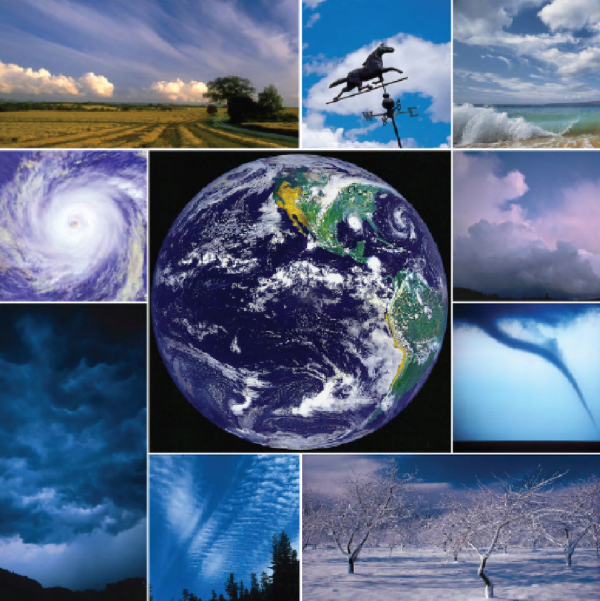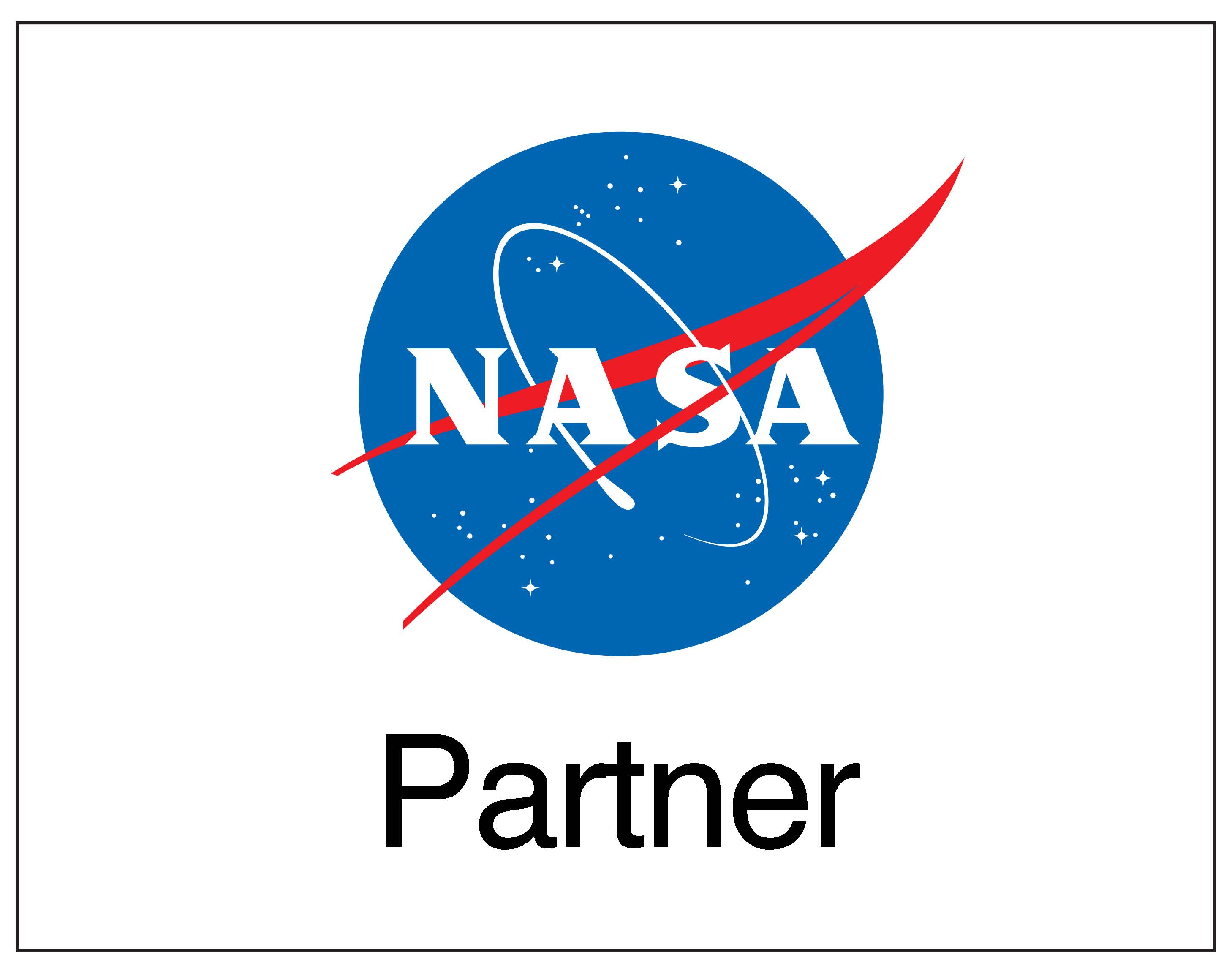Explore Flight: Understanding Weather to Fly By
Thursday 08/04/2022
1:00 pm ET
FREE 1-hour Webinar
Educators in Grades K-12
The NASA Educator Professional Development Collaborative at
Texas State University is providing a 1-hour webinar.
Participants will learn about basic meteorological concepts that are designed to demonstrate understanding of the general characteristics of the atmosphere and how weather conditions and weather phenomena occur.
There will be hands-on, standards aligned mathematics, science and engineering activities about density, mass, fluid dynamics and weather that participants can take back to their classrooms.
Real world connections with NASA and the airplanes that do weather research will be discussed as we highlight a partnership between NASA Armstrong and the National Oceanic and Atmospheric Administration (NOAA) with the Sensing Hazards with Operational Unmanned Technology (SHOUT) mission.
Leave with a classroom ready PowerPoint that works great for an in-person, at home or virtual presentation and includes videos, links and aligns to NGSS..
This educational activity aligns to NASA Education API 2.4.2 - Continue to support STEM educators through the delivery of NASA education content and engagement in educator professional development opportunities.

 |
Barbie Buckner is a 20+ year STEM classroom teacher with a Doctorate’s Degree in Mathematics Education from the University of Louisville. Her research interest included the impact of technology on student achievement and teacher behavior. Buckner recently served as a 2013-14 Einstein Fellow at the National Science Foundation Education and Human Resources Directorate where she collaborated with colleagues on learning, learning environments, boarding participating and workforce development. Barbie sees education as her calling and has spent her life sharing her love for learning with everyone around her. Knowing that today’s student will compete in a global economy, Barbie says that “It is imperative that today’s students are prepared with consistent rigorous and relevant standards that produce more STEM majors, particularly women, to keep this great nation at the forefront in technology, innovation, and advancement.” | | |
|





